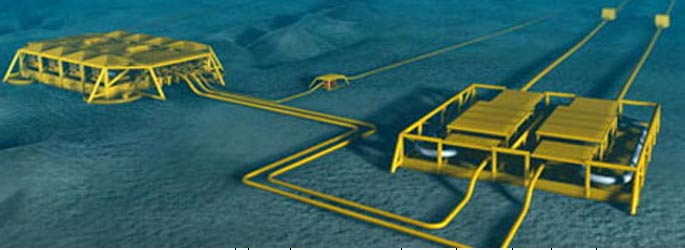Application of Mechanical APDL to Model Large Pipelines
Posted by Bhaumik Dave on July 9th, 2013
ANSYS Mechanical APDL is a very powerful tool that allows the user to explore the versatile capabilities of the software fully.

One such capability of the program is to deal with array parameters. When the problem geometry is very large such as a pipeline having length of > 50 km, and the requirement is to do strain analysis at various unsupported section of the pipeline, it becomes cumbersome to model the pipeline geometry in workbench or any CAD platform as the geometrical data of the nodes is in the form of co-ordinate files which may be specified in terms of Longitude and Latitude.
Having Array Parameter capability comes into picture for such large problems. Here the user can keep the geometrical data (X, Y, Z) coordinates of the pipeline nodes into separate files (.csv is a very popular format). From these files, the user can read into the Mechanical APDL as different Array parameters.
After all Array parameters are read into Mechanical APDL Environment, the user can directly generate the nodes and elements by the use of DO Loop using APDL programming. This allows the user to create the pipeline by means of connecting lines between the geometric data specified in the files. Then the user can apply the REAL Constant sets and cross sections for the pipe element and the Boundary conditions at different nodes.
This approach reduces the computational time by significant amount as we are not modelling the pipeline as a solid geometry; rather we are taking advantage of element formulation for such problems. The usage of mechanical APDL also results into saving a lot of time in pre-processing, since the .csv files are directly read into the APDL Environment.
May be you like to read more about: Application of Computational Method for Cricket Bat Designers


